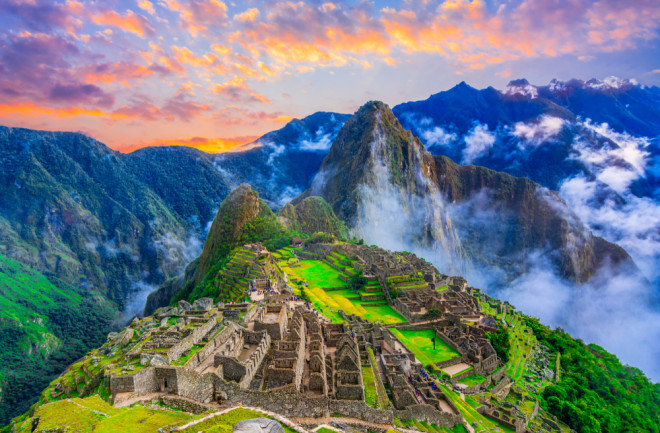Hiram Bingham, the American explorer who introduced the world to Machu Picchu, reported that “the Inca were good engineers” in 1913. It's no wonder, then, that upwards of a million tourists visit the ruins of this mountain citadel perched among the peaks of southern Peru’s Eastern Cordillera every year to witness the handiwork that inspired his words. A thorough inspection of the site, however, leaves you with the feeling that Bingham’s remark was almost an understatement.
The ancient city — which flourished for just over a hundred years between the mid-15th and mid-16th centuries — is rightly famous for its intricate, masterful stonemasonry. But experts say most of the ingenuity is subtler, often invisible to the untrained eye: drainage infrastructure, slope stabilization, and above all, an overarching vision.
“We’ve scurried around, looked at every hole and every doorway, and the whole thing is beautifully planned,” says Ruth Wright, a historian, travel writer, and environmental activist who formerly served in the Colorado legislature. Ruth and her husband Ken Wright, a civil engineer, have studied Machu Picchu over some two dozen trips. It’s not a haphazard project, she says, but “a completely designed city.”
In light of its location, the achievement is even more impressive. As Ken put it, “they started out with a hostile environment.” The site receives up to 80 inches of rain annually, sits atop steep landslide-prone slopes, and lies upon active fault lines. Despite these obstacles, it has survived more than 500 years of weather and earthquakes and is in remarkable condition. To top it all off, the Inca lacked many of the tools you might think would be necessary for such an undertaking. “They did not have the wheel, they did not have iron or steel, and they did not have written language,” Ken says. “It would seem impossible that they could build something like this.”

